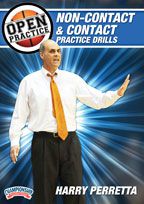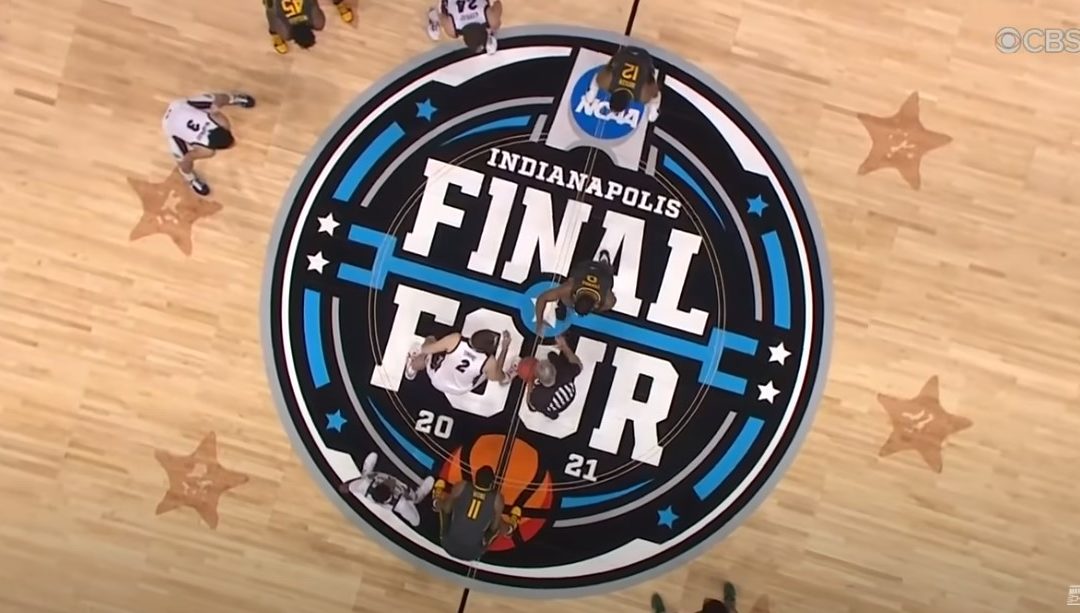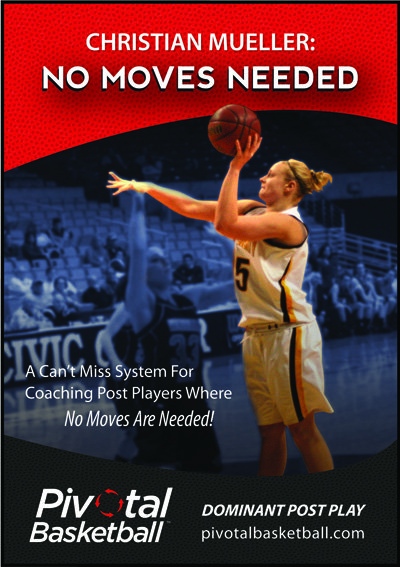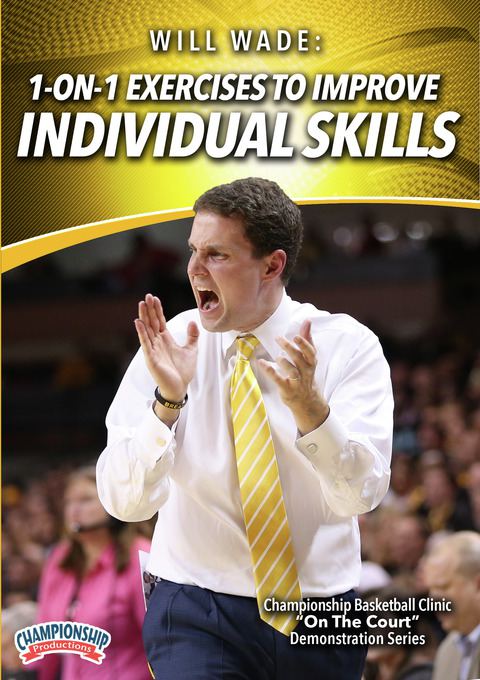Open Practice: Non-Contact and Contact Practice Drills
Open Practice: Non-Contact and Contact Practice Drills – Basketball — Championship Productions, Inc.
Run a non-contact practice to improve skills, keep players fresh and reduce injuries, all without losing intensity, focus or conditioning Make the most of your time by working on multiple aspects of the game in the same drill Break down and develop different actions of motion offense using practice drills Teach players to compete and grind it out on defense using “NFL games”
with Harry Perretta, Villanova University Women’s Basketball Coach,
over 630 career wins
Learn how daily practices are built for maximum efficiency from a coach with more than 25 winning seasons under his belt. In this unique presentation, Harry Peretta takes his 30-plus years of experience and throws it all onto the court. With a focus on two types of practice, Coach Peretta shares some of his best drills as well as the way he practices.
Throughout the live-practice presentation, Coach Perretta shares a valuable mix of coaching instruction and teaching strategies.
The first type of practice is a non-contact practice. Coach Peretta explains how to get the most out of your players without losing their competitive edge or conditioning. The emphasis is shifted slightly to teaching and skill development to keep the players fresh and injury-free. He then addresses what his full-contact practice looks like. This is a more traditional practice that gets players competing throughout their time in the gym. Both practice sessions offer valuable tools for coaches of all levels.
Non-Contact Practice
These practices are geared towards reducing injuries throughout the season, emphasizing skill work, keeping the players fresh and are often used the day before games. The practice begins with warm ups followed by specific skill work. Coach Peretta makes sure his team is working by having multiple skill work going on at one time on different baskets. Passing drills that address pressure, ball handling drills and post drills are all presented early in the practice. As the practice evolves, Coach Perretta gets his players into some fast break action that leads directly into 5-on-0 offensive work. He goes through his team’s press break followed by some great shooting drills. As they move forward in the non-contact practice the Villanova Motion Offense is run along with some essential half court situations. Practicing these late game moments is a must and doing it in a non-contact practice allows his players to perfect each piece.
Full Contact Practice
Competing and scrimmaging are the main focus for this type of practice. While teaching and breaking things down can be valuable, getting up and down the court and competing is a must. In full contact practices, you should still utilize every opportunity to teach your players to gain a better understanding of the game, as well as a mental preparedness for pressure situations. After the warmup, the practice elements are:Fast break – disadvantage drills (3-on-2 into 3-on-3, 5-on-3 into 5-on-5)Breaking pressure/applying pressure – includes zone offense and attacking after a made free throwEnd-of-game situations – puts the players in tough positions and forces them to grind it out as practice comes to a close
From non-contact to full contact – Coach Peretta’s video will inspire you to rejuvenate your practices to be more efficient.
56 minutes. 2014.





0 Comments